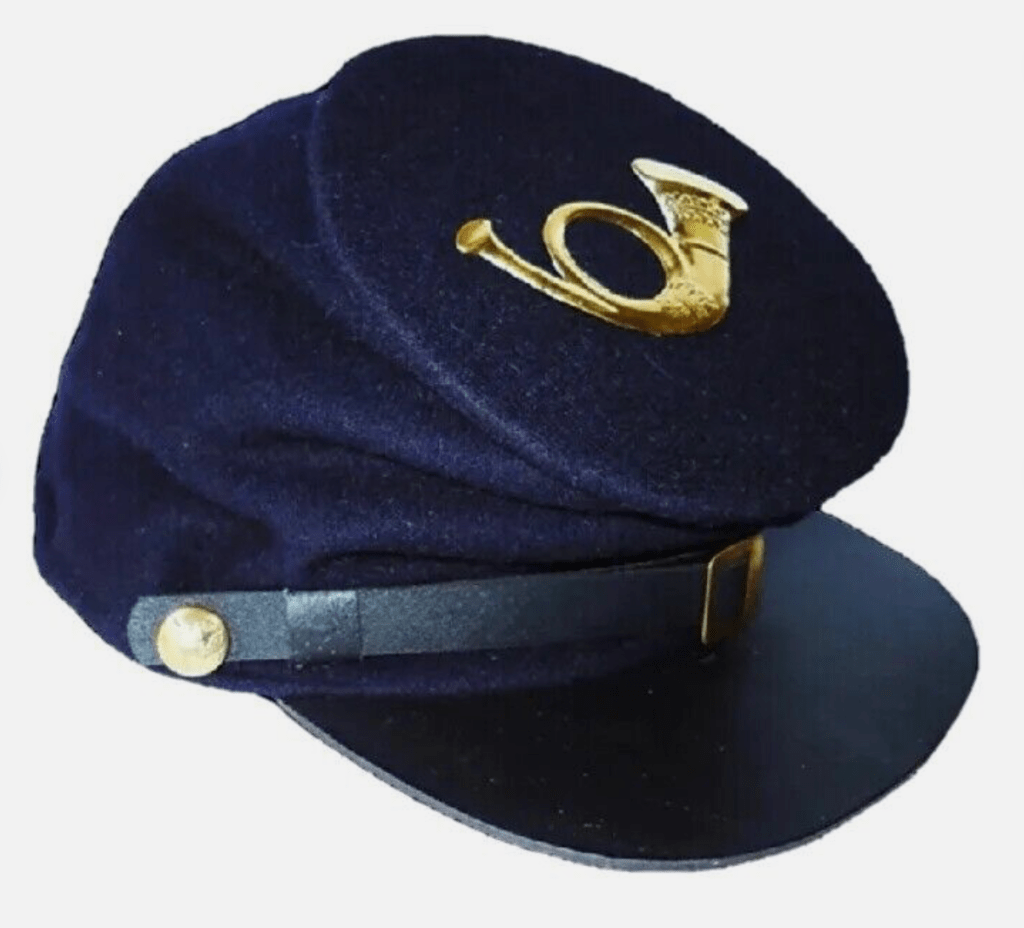
BLUF: One of the unique eating experiences of my life; unique in the most positive possible fashion.

Right off the bat let me say that I am hardly a connoisseur, or a competent reviewer of food. I am the product of decades of institutional food and hastily bolted meals; you must take what I say with a grain of salt. However, I think I can say that I recognize special and novel. The other night, I experienced both.
If you ever find yourself in Yamba, New South Wales, Australia, I can heartily recommend Karrikin, a gem of Aussie dining on the exquisite Pacific coast.
OK. So, since my arrival to this fair land I’ve been bombarded with interesting food experiences. This morning I ate a vegemite concoction known as toast soldiers; it consisted of strips of buttered toast, loaded with the local brown salty paste, dipped in a semi-hard boiled egg. Surprisingly delicious. I requested the most Australian possible dish from my host’s recommendations; I ended up with a steak meat pie in a place called Maclean on the banks of the mighty Clarence River, a flood-prone, slowly flowing body of water bordered by innumerable sugar cane fields.
Also, I have since had both a beef burger and a fish sandwich fortified with beets; a surprisingly welcome addition. In addition, the alcoholic drinks have been first rate, not a Budweiser in 9000 miles, God be praised. While I’ve been sparing with these treats, what I’ve sampled has been top notch. Also, the weather has been top-notch, very comfortable. For those from the frigid north, I highly recommend an Australian winter. Hint: it’s not winter down here, although it is claimed as such. My guess is that the summers are ghastly.
But, let’s talk about my experience at Karrikin, a departure from any past experience.
We had a four course meal at a restaurant with no fixed menu.
That’s right; no fixed menu.
Whoa. For a child of the American strip mall, this alone sets this place apart. No nationally standardized menu, where a basket of jalapeno poppers prepared in Charleston, West Virginia is exactly the same as poppers served in Spearfish, South Dakota. No ready-made meal fetched from the depths of a freezer, shipped from a corporate kitchen a thousand miles distant, to be prepared by a first-week line cook with two days training.
Nope. A light-year from that culinary hell.
Let me walk you through the experience.
First, we walked, yes, walked, to the restaurant. So far, villages in Oz are pedestrian friendly. It was about half a klik from our accommodations, and there were no near-death experiences. We entered the Aussie standard friendly, open establishment, and we were shown to our table in the back. Nothing “fancy,” but a distinct outdoor feel, informal and clean. We sat and were greeted by the waitstaff, she was first-rate. In a jiffy, we got fresh water and the courses started.
There were four courses, and they were a mystery. You could ask what was on the menu, but I’m pretty sure we opted for surprise. Yes, special dietary considerations are honored, but you must be upfront in this regard. By the way, if you need something special, the staff does an amazing job of blending in your individual requirements to the spirit of the course.
And, the courses have spirit! Each is unique, and they do a fine job with indigenous ingredients.
This is where my lack of food-critique experience becomes obvious. I cannot adequately describe the courses, I won’t try. Plus, the ingredients were entirely novel, I don’t know the names for most of it. But, here goes.
The first course was native bread drizzled with a fine olive oil. In addition, there were amazing venison shavings with a savory spread. As a rural US guy who has taken and prepared my share of deer, it was the best damn venison I’ve had in my life, and I’ve had the freshest venison, with the choicest cuts, possible. Sliced cucumber. Radishes.
And this was but the first course. See illustration above. It set the tone and the standard- and it blew my doors off! Also, each course had a recommended drink- alcoholic or not. I went with dark beer, my host did wine, and later, during the main of succulent pork cutlets, I opted for a macademia liqueur- a local specialty, I gather.
We concluded with a fine dessert of a sort of custard crumble- it was fantastic! The portion sizes were just right; in all regards this was a satisfying and novel feed.
I ate every bit- none was wasted.
This. This is as it should be.
So, if you should ever find yourself on Australia’s East Coast, and you’d like to surf and relax, drop by Yanba. Australians think it’s a tad too developed- I disagree. See Atlantic City or Miami. While in Yanba, do yourself a favor and spend an evening in Karrikin. Take your time, eat your fill, and do as I did- allow yourself to be surprised!
It’s worth it.
You might want to reserve in advance, though. I think the word is out, and it deserves to be.
Five-frickin’-stars from a stranger in a strange land.




















